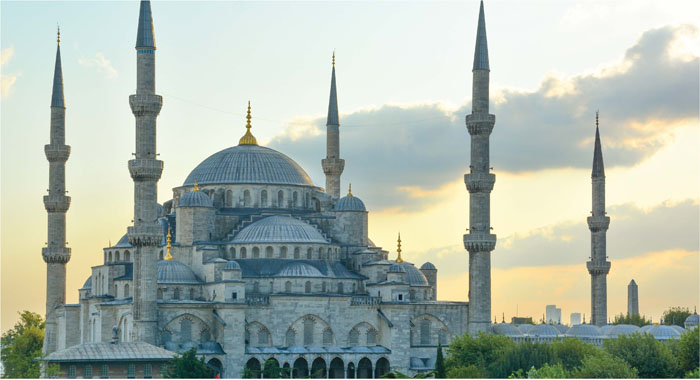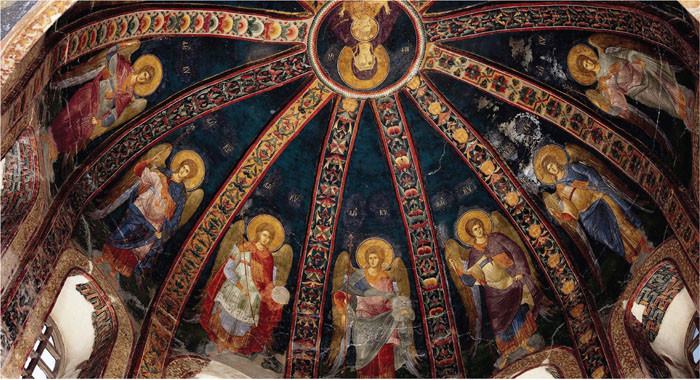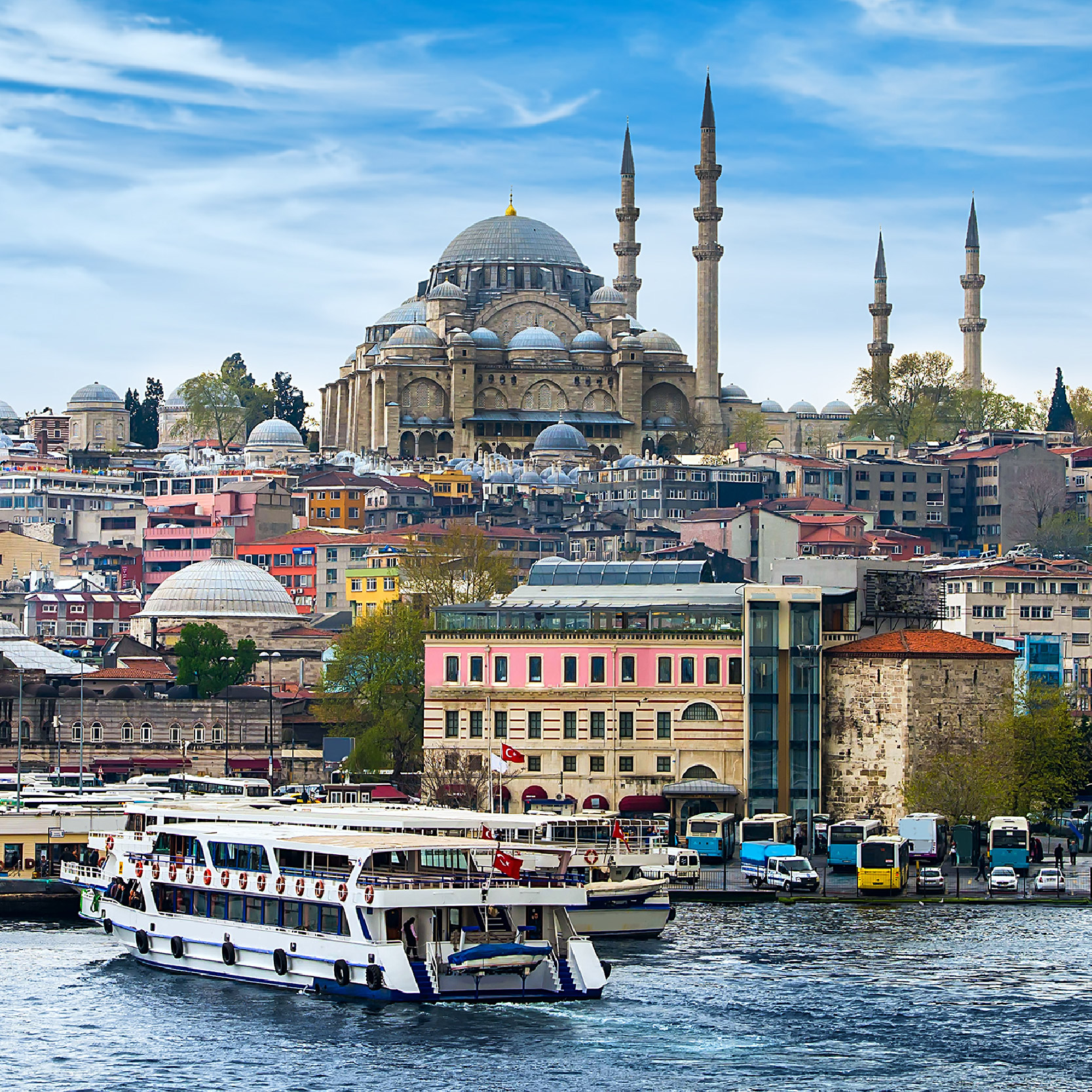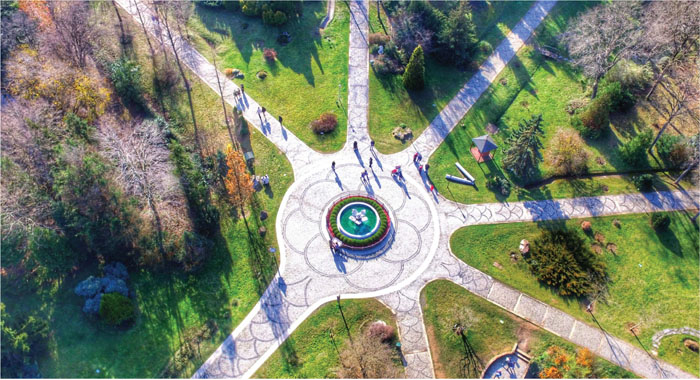Fares From Riyadh to Istanbul Sabiha for next 30 days
Most popular flights from Riyadh
- Flights From Riyadh to Kuwait
- Flights From Riyadh to Peshawar
- Flights From Riyadh to Doha
- Flights From Riyadh to Hyderabad
- Flights From Riyadh to Dubai
- Flights From Riyadh to Phuket
- Flights From Riyadh to Bengaluru
- Flights From Riyadh to Mumbai
- Flights From Riyadh to Bangkok
- Flights From Riyadh to Dhaka
- Flights From Riyadh to Delhi
- Flights From Riyadh to Calicut
Most popular flights to Riyadh
- Flights From Islamabad to Riyadh
- Flights From Masirah to Riyadh
- Flights From Lahore to Riyadh
- Flights From Sialkot to Riyadh
- Flights From Kuala Lumpur to Riyadh
- Flights From Bangkok to Riyadh
- Flights From Salalah to Riyadh
- Flights From Dhaka to Riyadh
- Flights From Colombo to Riyadh
- Flights From Peshawar to Riyadh
- Flights From Mumbai to Riyadh
- Flights From Tehran to Riyadh
Most popular flights from Istanbul Sabiha
- Flights From Istanbul Sabiha to Kuwait
- Flights From Istanbul Sabiha to Dhaka
- Flights From Istanbul Sabiha to Hyderabad
- Flights From Istanbul Sabiha to Phuket
- Flights From Istanbul Sabiha to Mumbai
- Flights From Istanbul Sabiha to Almaty
- Flights From Istanbul Sabiha to Bangkok
- Flights From Istanbul Sabiha to Dammam
- Flights From Istanbul Sabiha to Delhi
- Flights From Istanbul Sabiha to Karachi
- Flights From Istanbul Sabiha to Calicut
- Flights From Istanbul Sabiha to Colombo
Most popular flights to Istanbul Sabiha
- Flights From Jeddah to Istanbul Sabiha
- Flights From Dhaka to Istanbul Sabiha
- Flights From Peshawar to Istanbul Sabiha
- Flights From Salalah to Istanbul Sabiha
- Flights From Kuwait to Istanbul Sabiha
- Flights From Colombo to Istanbul Sabiha
- Flights From Almaty to Istanbul Sabiha
- Flights From Chennai to Istanbul Sabiha
- Flights From Sialkot to Istanbul Sabiha
- Flights From Lucknow to Istanbul Sabiha
- Flights From Bangkok to Istanbul Sabiha
- Flights From Islamabad to Istanbul Sabiha
Flights to Istanbul, Turkey
Cultural and economic hub of Turkey, Istanbul is the biggest city in Turkey and the seventh largest city in the world in terms of population with a population of 13.4 million, making it also one of the largest cities in Europe and the world. Its located on both sides of the Bosphorus, the narrow strait between the Black Sea and the Marmara Sea, Istanbul bridges Asia and Europe both physically and culturally
Throughout its long history, Istanbul was the capital of the number of countries and empires including the Roman, Byzantine, Latin, and the Ottoman Empire.
Istanbul has a temperate oceanic climate which is influenced by a continental climate, with hot and humid summers and cold, wet and occasionally snowy winters.
The city hosted 11.6 million visitors in 2012, making it the world's fifth most famous tourist attraction. The Sultanahmet Square remains as its historic hub which listed as a UNESCO World Heritage Site, but its cultural and entertainment hub can be found across the city's natural harbour, the Golden Horn and the Taksim area.
Turkish people are well-known worldwide for their hospitality. They are fiercely proud of their rich culture and traditions and they love to meet new people and never hesitate to talk to tourist and visitors.
Use the widget above to discover the tickets to Istanbul on offer!
Activities in Istanbul
Sultan Ahmed mosque
One of the most popular Mosques in the city was was built between 1609 and 1616, during the reign of Sultan Ahmed I. It's known as the Blue Mosque because of the blue tiles that decorate it. Same like most of the Ottoman mosques, it contains the tomb of the sultan who founded it.
The Chora Museum, This building was originally one of the most beautiful Byzantine churches, and in the 16th century it was converted to a mosque under the command of the Grand Ayatollah Ali Pasha, then converted a museum in 1948. The mosaic and frescoes decorate the roof and walls of this museum.

The Chora Museum
The Chora Museum building was originally one of the most beautiful Byzantine churches, and in the 16th century it was converted to a mosque under the command of the Grand Ayatollah Ali Pasha, then converted a museum in 1948. The mosaic and frescoes decorate the roof and walls of this museum.
Gray Falcon Canal, This canal was the main source of water for Constantinople and was repaired several times by many Ottoman sultans after being damaged by erosion over time.

All rights reserved 2025.

